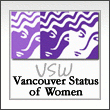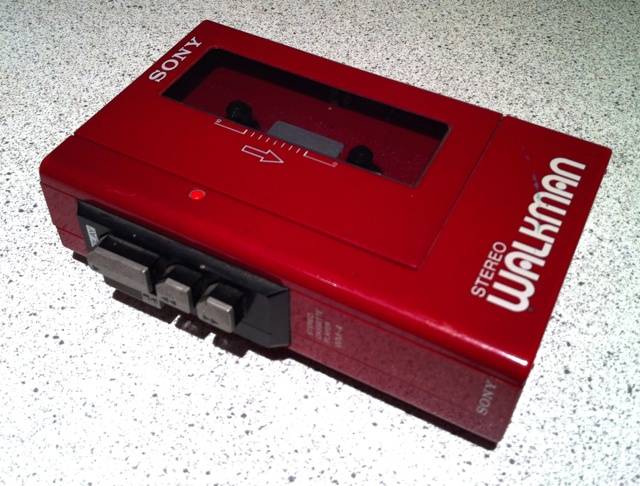At work the other day someone was talking about UBC’s retroactive parking ticket laws. Since most of the legal battle went down from 2006-2010, way back when I was precocious preteen, combined with the fact that parking ticket battles are pretty petty, I knew next to nothing about it. Hearing my coworker talking about it peaked my interest for some reason, and I did some digging. Basically, the University towed some guy’s car and made him so mad that he filed a lawsuit stating that they did not have permission to ticket and fine people for parking infractions. The legalese of University’s argument was difficult to understand, but an article in the Phoenix explained it really well:
Initially, the university argued that the City of Vancouver had given them the power to issue fines in the same way a municipality does. The night before the trial, it began instead falling back on the idea that almost anyone who parked at UBC-V entered into an implicit contract to park legally. However, the judge ruled that they did not have the ability to enter into those kinds of contracts (Andrew Bates, 2009)
The ruling found that the University didn’t have the right to enter into an “implicit” contract, meaning that the tickets were no good and they would have to pay them all back. The solution to this loss of face and money was provided by the provincial government, who created a retroactive law that made all the tickets legal again.

UBC’s Museum of Anthropology
The reason I’m delving into this arguably boring argument about parking tickets is because one of the readings I did this week for my archives class reminded me of the nuances of my coworker’s rant about the unfairness of retroactive parking tickets. The article, by Krisztina Laszlo, talks about this concept in archives called “[s]alvage anthropology” (300), the colonial outlook that shaped the way much of today’s archives were formed because at the time of collection it was the collective worry that these cultures were almost dead (after a long and arduous battle of trying to forcefully smother them through assimilation). Laszlo’s article is borderline press-release-polite, and while I found her tone a bit infuriating, what really ticked me off was the passive acknowledgement of some incredibly problematic issues.
The phrase that really got me thinking about things like retroactive parking tickets was this little gem:
[M]useums recognize that First Nations hold moral (if not legal) ownership of physical objects…One of the key distinctions that the UBC Museum of Anthropology makes to promote the idea of cultural copyright is the difference between the physical legal ownership of a thing or record, and the cultural and moral ownerships attached to records and objects. (Laszlo 301)
So, the MOA recognizes that some of the cultural objects that they own don’t “morally” belong to them, because they were taken without that culture’s permission. Like a long, drawn-out court case ruling turned over by a retroactive law, the acknowledgement of whether an object morally belongs to an institution that still feels they can lay legal claim doesn’t hold much water for me. If you can understand that it morally is not yours, it seems that maybe the legality of your ownership should raise some red flags. Acknowledging that you’re wrong doesn’t make you right.
When I go to class on Tuesday, we’re going to look at some fonds in the MOA. Looking through the descriptions online, only one of the collections is from the perspective of the subject; the rest are colonial interpretations. I wonder if it’s enough to merely recognize the context of the archive, but I guess I’ll find out on Tuesday. I’m not sure I have another solution, anyways.
Admin. “University of B.C. has no legal right to issue Parking Tickets/Collect Fines.” fightyourtickets.ca. April 19, 2009.
Bates, Andrew. “UBC suspends parking fines due to lawsuit.” The Phoenix. April 7, 2009.
Laszlo, Krisztina. “Ethnographic Archival Records and Cultural Property.” Archivaria 61 (2001): 299 – 307.
Magraken, Erik. “BC Court of Appeal Reverses UBC Parking Fine Class Action Lawsuit.” BC Injury Law. February 10, 2010.
Yonson, Neal. “Judge, Jury and Tow Truck Driver.” UBC Insiders. May 24, 2010.
Image by moa.ubc.ca
 With no idea what to expect, but assuming that I would wind up with some dry paperwork of census reports or something of the like, I was very surprised upon requesting Box 20 of the Vancouver Status of Women fonds (call code RBSC-ARC-1582 if you would like to take the files out from Rare Books and Special Collections yourself!) to discover that they were absolutely stuffed with newspaper articles.
With no idea what to expect, but assuming that I would wind up with some dry paperwork of census reports or something of the like, I was very surprised upon requesting Box 20 of the Vancouver Status of Women fonds (call code RBSC-ARC-1582 if you would like to take the files out from Rare Books and Special Collections yourself!) to discover that they were absolutely stuffed with newspaper articles.

